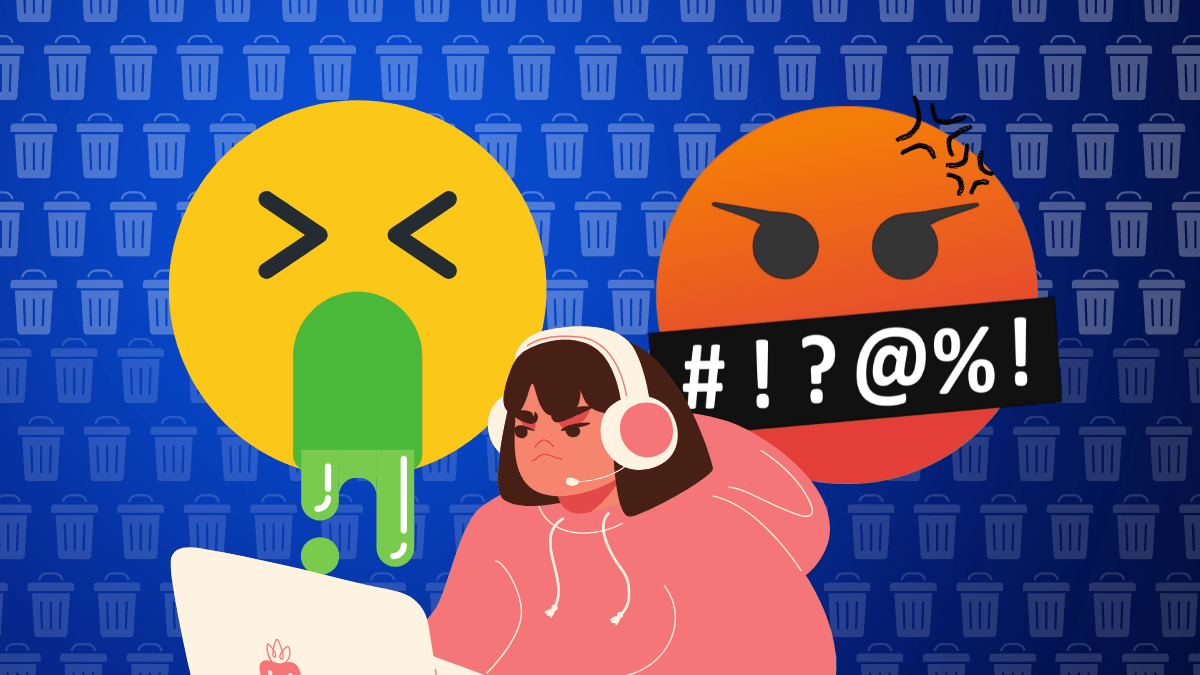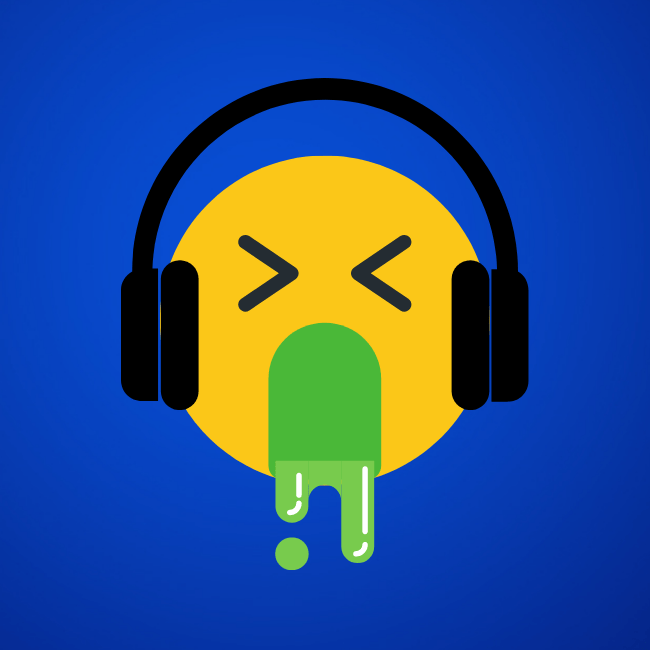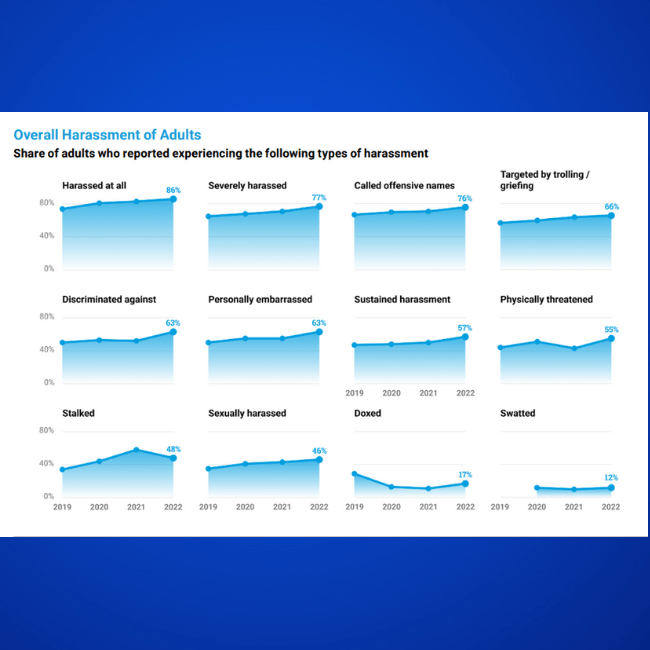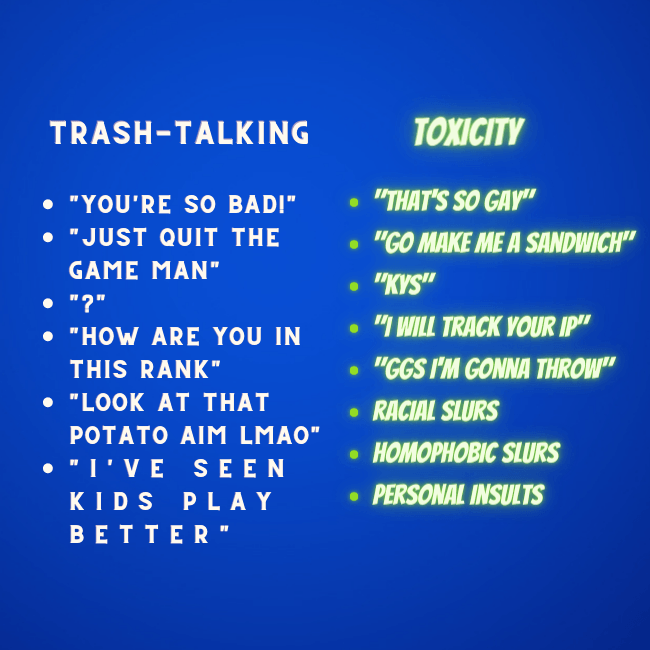Trash-talking vs Toxicity: What’s the Difference?

The introduction of voice communication in 1995 changed the gaming scene for good. Call of Duty, Halo, and Warcraft were games notorious for having trash-talk as an integral part of the game. This culture carried on into succeeding games, especially in tactical shooters like Counter-Strike: Global Offensive and Valorant. But the times progressed, and what was considered playful back then could be offensive or toxic now. So where do we draw the line between trash-talking and in-game toxicity?
Terminology breakdown: Trash-talking

Toxicity and trash-talking in video games are two distinct but related concepts that can negatively affect players’ experiences. Merriam-Webster defined trash-talking as “disparaging, taunting, or boastful comments, especially between opponents trying to intimidate each other”.
Athletes also usually use trash-talking to throw off competitors in a match like a basketball or a football game. After all, it is quite hard to focus on your goal if the enemy pours verbal hell on your ears about how you’re bad at the game. In physical sports like boxing and MMA highly capitalized trash-talking to hype matches and spark conflict among fighters (See: basically every Floyd Mayweather press conference).
Video games and competitive shooters also have a culture for trash-talking. Messing with someone’s head can incredibly ruin their aim. Talking mad smack to throw people off the game can be both funny as much as it is insulting.
Terminology breakdown: Toxicity
While toxicity often starts with trash-talking, it is quite important to note that trash-talking usually aims to entertain and help the game. Toxicity, on the other hand, refers to more severe forms of verbal abuse, harassment, and discrimination. Toxic players direct their insults at specific individuals or groups. Some common signs of toxicity uses racist, sexist, or homophobic language.
Toxicity ruins the game for everyone involved, and this behavior is one of the most pressing issues for the gaming community.

A survey from ADL Center for Technology and Society reports that 66% of young people aged 13-17 experienced forms of harassment via online games. For young children aged 10-12, the number grew to 70%. For adults, the numbers spike up to 86%.
What’s the difference?
Trash-talking can be toxic, but toxicity goes beyond just in-game banter. People get swatted (visitation/raid from police for false criminal claims), doxxed (revealing private information), or even stalked. Here’s a little chart of their differences:

Overall, in-game toxicity can be punished by game publishers and developers. Gamers play games to have fun, unwind, and escape, and being a little shit to anyone will never give them or yourself any satisfaction. The virtual world may be behind our screens, but the words we say and the responsibility that accompanies them are indeed very real. So please, if you’re having a bad day or a bad game, don’t fuck somebody else’s.
Want to read more articles like this? Read more here!
Milo is the living embodiment of his hobbies: gaming, public speaking, and writing. As an extroverted entertainer, his writing is usually flavored with humor and creative descriptions of his chosen topic. Despite this, he has the discipline to write compelling tales and hard-hitting facts with ease. As a public speaker and a journalist, he loves nothing but the pursuit of the objective truth.





